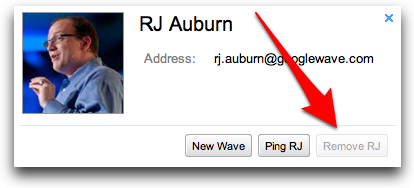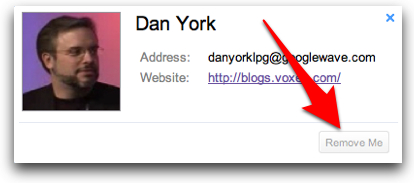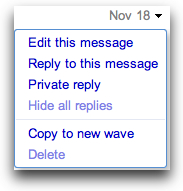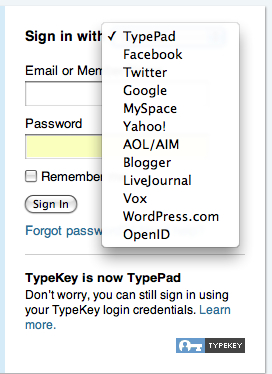 Did you get a new DSLR camera over the holidays? (I did!) Or do you have one and want to get inspired to do more with it? Or do you not have a DSLR but just enjoy photography? Do you want to push yourself to try out more ways to make images?
Did you get a new DSLR camera over the holidays? (I did!) Or do you have one and want to get inspired to do more with it? Or do you not have a DSLR but just enjoy photography? Do you want to push yourself to try out more ways to make images?
If so, grab your DSLR, point-and-shoot camera, iPhone, mobile phone or whatever other camera you have and head over to “The Daily Shoot” at:
You can naturally just browse through the pictures that other photographers have taken, but it’s also very easy to get involved yourself:
- You start by following @dailyshoot on Twitter.
- Each day at 9am US Eastern a new “assignment” comes out.
- You take a picture and upload it to Flickr, Twitpic, yfrog, The Best Camera or a couple of other photo sharing sites.
- Then… you tweet out the link in a reply to @dailyshoot with the assignment’s hashtag, like I did here:
- Your picture will then be added to the pages of the Daily Shoot website.
That’s it. See the assignment, take a picture, upload it, tweet it.
There’s no time pressure… you don’t have to have it in by any certain time. You can do it today, tomorrow… or whenever. You can go back and do past assignments and post them. You can just do scattered assignments whenever your schedule permits or when you have the interest. It’s all about self-motivation and giving yourself a reason to play with your camera and push yourself to do more with photography.
It’s also about learning from other photographers. You can go to the Assignments page and browse through the photos that are contributed for each assignment. The site nicely opens each photo in a new tab so that you can easily keep going back to the assignment page to see the other photos. (In Chrome I’ll command+click each photo (I’m on a Mac) to open a bunch up in different tabs to look at them.) Here was the assignment about “yellow”… it’s fun to see the different perspectives on the assignment.
You can also view the pictures from each individual photographer, so if you find someone’s photo you really like you can then see the other photos by that photographer (hint: click on the name of the photographer underneath a thumbnail on the Daily Shoot site). Here’s my page of photos. Here’s Duncan’s much better page.
It’s fun to do… and a way to learn more about and practice the art of making images.
 The Daily Shoot is the brainchild of photographer Duncan Davidson (pictured on the right) and programmer/consultant Mike Clark. I’ve been a fan of Duncan’s photography back from when I first saw the great photos he shot at eComm 2009. I’ve enjoyed his writing on his blog about photography. Here are a couple of his posts I liked:
The Daily Shoot is the brainchild of photographer Duncan Davidson (pictured on the right) and programmer/consultant Mike Clark. I’ve been a fan of Duncan’s photography back from when I first saw the great photos he shot at eComm 2009. I’ve enjoyed his writing on his blog about photography. Here are a couple of his posts I liked:
- ADVICE FOR THE $2K CAMERA BUDGET
- FLASHONOMICS: BUYING FLASH MEMORY
- IT TAKES A TEAM TO PHOTOGRAPH A TED (fascinating glimpse into conference photography)
I’ve also met him at a couple of events now and he’s just a really decent and great guy. He recently wrote about how the Daily Shoot site has evolved and I look forward to seeing where it goes.
Meanwhile, today’s assignment is out… I’ll have to see if sometime today I can find something interesting to shoot that is circular…
If you found this post interesting or useful, please consider either subscribing to the RSS feed or following me on Twitter or identi.ca.




 Again, no way you can remove them. The best you can do is go up to the upper right corner of one of the “blips” in your wave and do the “Copy to new wave” command… and then add everyone to this new wave.
Again, no way you can remove them. The best you can do is go up to the upper right corner of one of the “blips” in your wave and do the “Copy to new wave” command… and then add everyone to this new wave. Intriguing to read today that new
Intriguing to read today that new 


 Congratulations are very definitely in order to the folks over at HubSpot today for two reasons:
Congratulations are very definitely in order to the folks over at HubSpot today for two reasons: As I see
As I see